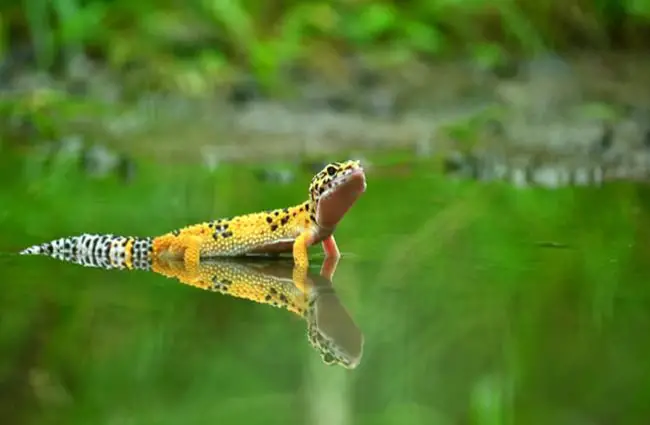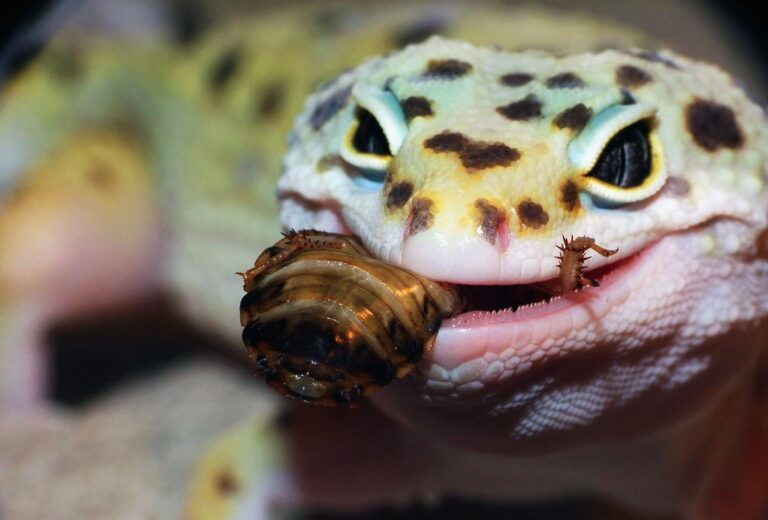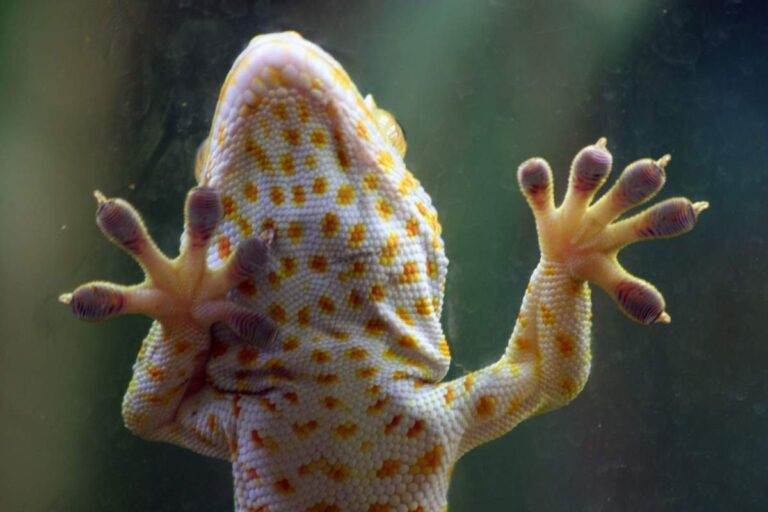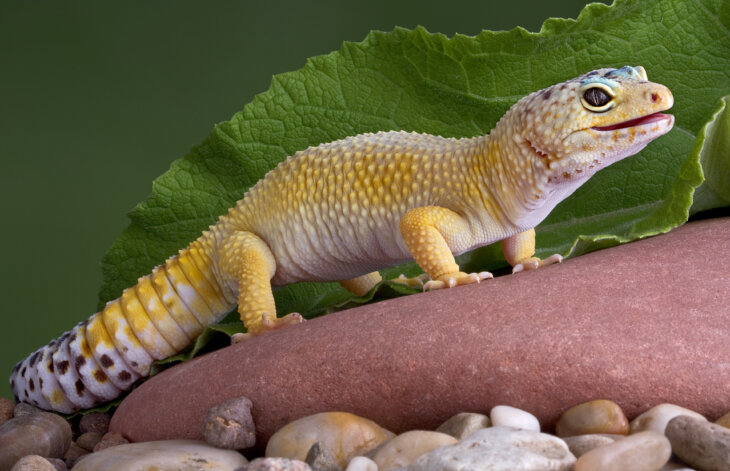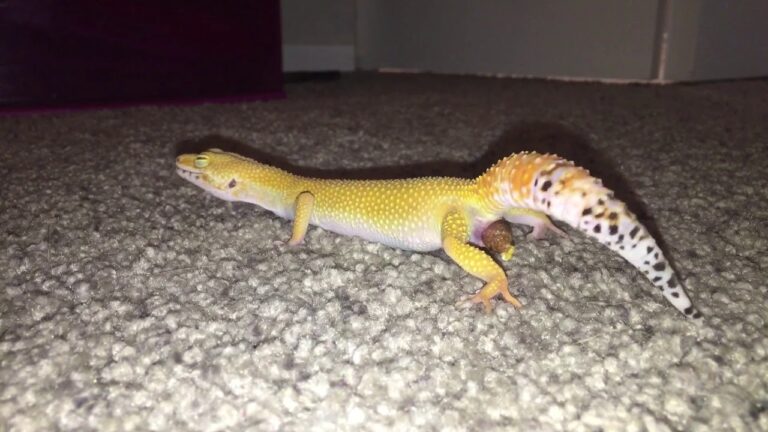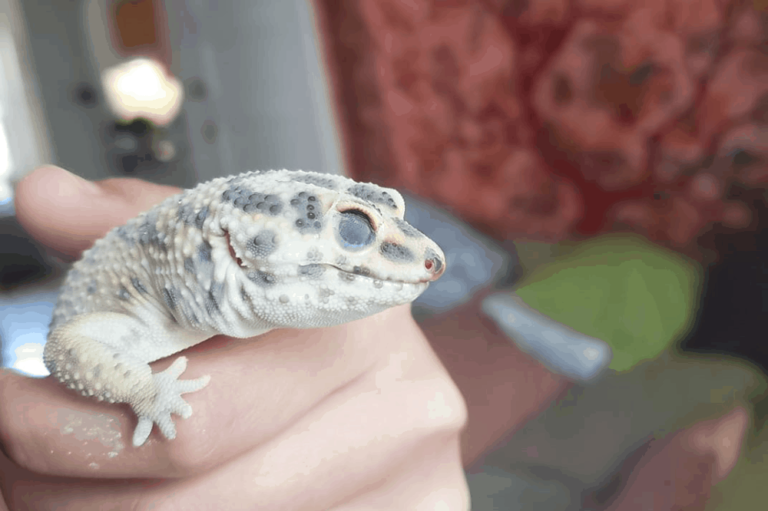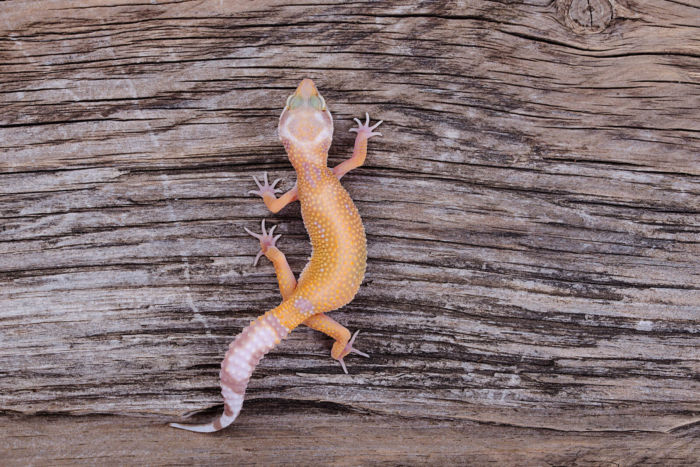Do Leopard Geckos Pee?
Have you ever found yourself wondering about the curious habits of your beloved leopard gecko? These enchanting creatures, with their distinctive appearance and charming personalities, have a way of capturing our hearts.
As a passionate reptile enthusiast myself, I embarked on a journey to uncover the intriguing aspects of their lives. One question that kept surfacing in my mind was, “Do leopard geckos pee?”
Both yes or no, They have a unique way of dealing with waste. Instead of peeing like humans or many other animals, they produce a white, powdery substance called urates. This urate material is high in uric acid and is typically released when they poop, but geckos can also excrete it separately.
So, if you ever see white stuff in your gecko’s enclosure, don’t worry, it’s just their way of getting rid of waste!
Through this journey, we’ll unveil the truth behind their bathroom habits, demystifying the secrets of these delightful reptilian companions. Lets stared.
How do you clean up gecko pee?
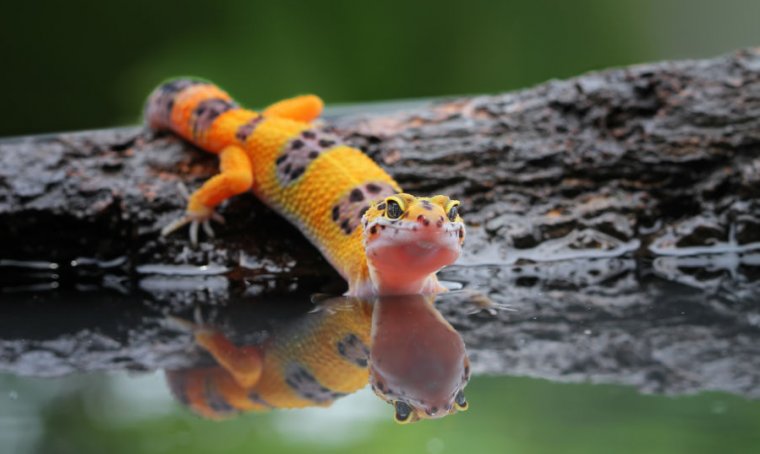
Leopard geckos tend to establish a preferred corner within their enclosure for their waste disposal. Typically, you’ll discover both their feces and urine accumulated in this specific area.
When using paper or paper towels as a substrate, the cleanup process is remarkably straightforward. You can simply roll up that section of the paper towel, and disposing of it becomes a breeze. While paper towels may not win any awards for aesthetics, they excel in terms of cleanliness and ease of maintenance.
If you’ve opted for reptile carpets, mats, or tiles as your substrate, there’s a particular technique to consider. It’s advisable to wait briefly until the waste material has had a chance to solidify. This allows for easier removal without the risk of smearing.
When attempting to scoop up the waste, especially the urate (white part), exercise a gentle touch. Applying excessive pressure may inadvertently crush it, turning it from a solid chunk into a powdery residue – a less-than-ideal outcome.
Properly managing your leopard gecko’s waste is an essential aspect of their care routine. It not only maintains a clean and hygienic environment but also contributes to the overall well-being of your pet.
What does leopard gecko pee look like?
Leopard gecko waste can be a mix of brown and white. The brown part is the poop, while the white part is their “pee” or urate. The urate comes out as solid, chalky white chunks, which can turn into powder if crushed.
When examining their waste, you might notice some fluid along with it. This fluid helps with digestion and usually dries quickly.
It’s crucial to pay attention to the color of the urate. If it appears more yellow than white, it could signal dehydration in your gecko. Ensure your gecko has access to fresh water, as they do need to drink, and their diet should be nutritious and well-balanced.
They obtain a significant portion of their moisture and nutrition from the insects they consume. Just like with any living creature, their diet directly affects their waste, so a healthy diet leads to healthy poop and pee.
In some cases, your gecko might pass urate without much or any feces. This could indicate a decrease in appetite, which can be normal, especially for female geckos during the mating season.
Why Do Leopard Geckos Excrete Urates?
Leopard geckos, like many reptiles, excrete urates as part of their waste elimination process. Urates are the solid, whitish material that you may notice in a leopard gecko’s feces. This is different from urine, which is typically a clear liquid.
Here’s why leopard geckos excrete urates:
Efficient Water Conservation: They are adapted to arid environments and have evolved to be efficient in conserving water. Unlike mammals, which excrete urea in their urine (a highly soluble nitrogenous waste that requires a lot of water to flush out of the body), reptiles like leopard geckos excrete uric acid as urates. Uric acid is less toxic and less soluble in water than urea. This allows leopard geckos to conserve water and minimize water loss through their waste.
Minimizing Dehydration: By excreting urates, they can concentrate their waste and minimize the loss of valuable water. This is especially important in their natural habitat, where water sources may be scarce.
Saving Energy: Reptiles are generally adapted to conserving energy, and excreting urates is an energy-efficient way to dispose of waste. Producing and excreting urine in the same way that mammals do would require more energy and water.
What are the potential causes of yellow urates in a leopard gecko’s feces?
If you observe your leopard gecko passing yellow urates in their feces, it’s essential to take action promptly. This occurrence can signal various issues, and addressing them effectively is crucial for your pet’s well-being.
First and foremost, ensure your pet has access to clean water consistently. Dehydration is a common cause of yellow urates, so make sure they have a freshwater dish in their enclosure, and regularly replenish it.
Additionally, you can support their hydration by occasionally misting their enclosure with clean water, especially if they are not readily drinking from the dish.
It’s imperative to consider your gecko’s overall health as well. If the issue persists or if you notice other concerning symptoms, such as a change in appetite or behavior, it’s highly advisable to consult a veterinarian.
Also, yellow urates could be indicative of an underlying illness that requires professional attention. Your vet can perform necessary tests and examinations to diagnose and treat any health challenges your pet may be facing.
Furthermore, it’s essential to review your pet’s diet and ensure they are receiving a well-balanced and nutritious meal plan. Malnutrition can contribute to this issue, so make sure you are providing them with appropriate food items and supplements as recommended by an expert in leopard gecko care.
FAQs
Does Leopard Gecko Pee Stink?
Leopard gecko urine typically doesn’t have a strong odor, but their feces can be more pungent.
Do Leopard Geckos Pee Without Feces?
Yes, leopard geckos can pass urine (urates) separately from their feces.
Can leopard geckos fart?
No, leopard geckos do not produce gas or fart like mammals do.
Do geckos pass urine?
Yes, geckos, including leopard geckos, excrete urates, a white, powdery substance high in uric acid, as a form of waste.
How often do leopard geckos pee and poop?
The frequency of urination and defecation can vary, but leopard geckos usually urinate and defecate every few days to a week.
How do leopard geckos poop?
Leopard geckos eliminate waste by expelling urates (white, powdery substance) along with feces, typically in one solid package.
Do house geckos pee?
Yes, house geckos and other gecko species also excrete urates as part of their waste disposal process.
Final words
In conclusion, my quest to understand whether leopard geckos pee like humans led me to a remarkable discovery. These small reptiles have a truly unique way of managing their waste, utilizing urates, a white, powdery substance high in uric acid. It’s a fascinating adaptation that allows them to conserve water in their arid habitats.
Through this journey of exploration, I’ve come to appreciate the intricate and often surprising ways in which different species adapt to their environments. While they may not pee in the conventional sense, their urate-based waste disposal system serves as a reminder of the incredible diversity of life on our planet.
In addition, it’s a testament to the wonders of nature and a testament to the fact that even the most common questions can lead to extraordinary insights when we take the time to investigate them.
So, the next time you observe your leopard gecko and wonder about their peculiar ways, remember that nature’s mysteries are waiting to be unraveled, one discovery at a time.

